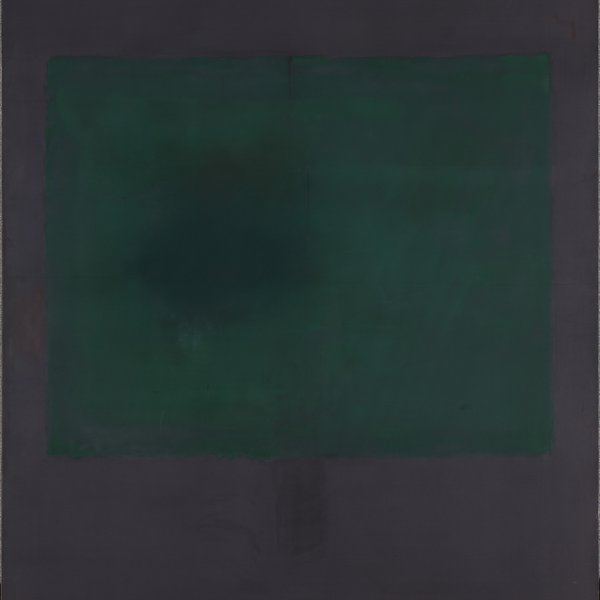Mark Rothko
Mark Rothko was one of the greatest exponents of American abstraction. Using a personal pictorial language, which linked up with the European tradition of the sublime, he sought to express the most basic universal emotions such as tragedy and ecstasy.
Markus Rothkovitz was born in Russia into a Jewish family who emigrated to Oregon in 1910, and from 1940 onwards he signed his works with the name Mark Rothko. Despite studying under Max Weber at the Art Students League in New York in 1924, he always considered himself a self-taught artist. From 1929 to 1952 he taught art at a few New York centres, for which he developed his own teaching programme. In the 1930s his painting was dominated by a type of Expressionist figuration. In 1935, together with Adolph Gottlieb, Ilya Bolotovsky and Louis Harris, he founded The Ten, a group whose main purpose was to organise exhibitions for its members. The shows Cubism and Abstract Art, and Fantastic Art, Dada, Surrealism, staged in 1936 by Alfred J. Barr at The Museum of Modern Art, had a huge influence on him and his work turned towards Surrealism. After the Second World War he met Clyfford Still and together they began to explore the possibilities of color field painting. By 1950 Rothko had already eschewed figurative references and had begun to develop his own personal brand of abstraction that would characterise his painting from then onwards. In his large canvases, broad rectangular fields of colour with blurred edges float upon monochromatic grounds.
Rothko became affiliated with Peggy Guggenheim’s gallery, Art of This Century, and soon began to be hailed as one of the leading members of the emerging School of New York. In 1961 The Museum of Modern Art in New York staged a retrospective of his painting.
Throughout his life Rothko received several commissions for mural paintings: for Harvard University, Cambridge, in 1961, and for a chapel in Houston, in 1964, which became the Rothko Chapel following the artist’s death.
At the end of the 1960s, during a depressive crisis, he painted a series of works in black acrylic that expressed his deep melancholy. Unable to overcome his depressed state of mind, he eventually committed suicide in 1970.




